2025 Stage Lighting Revolution: Are Lasers the Future or a Fiery Risk?
- Introduction
- Advantages and Disadvantages
- Heat and Color Gobos: The Burning Question
- Solutions to Protect Your Gobos
- Survey Note: Detailed Analysis of Laser Light Sources and Gobo Heat Management
- Overview of Laser Light Sources in Stage Lighting
- Advantages of Laser Light Sources
- Disadvantages of Laser Light Sources
- Comparison Table: Laser vs. LED Stage Lighting
- Laser vs. LED vs. HID: The 2025 Showdown
- The Issue of Heat and Color Gobos
- Can Laser Heat Burn Out Color Gobos?
- Solutions to Prevent Damage to Color Gobos from Laser Heat
- Conclusion and Future Considerations
Introduction
Laser light sources have become a game-changer in stage lighting, offering stunning visual effects for concerts, theaters, and events. However, their heat generation raises concerns, particularly for color gobos—devices used to create patterned light. Let’s break down the pros and cons of using lasers in 2025, and address whether their heat can harm gobos and how to fix it.
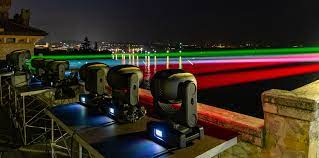
Advantages and Disadvantages
Laser lights shine with their ability to produce highly focused beams, perfect for long-distance projections and intricate patterns. They’re also energy-efficient for specific uses and offer pure, vibrant colors. But, they come with a higher price tag, safety risks like potential eye damage, and may need more maintenance than other options like LEDs.
Here’s how they stack up against LEDs in a quick comparison:
| Feature | Laser Light Sources | LED Light Sources |
|---|---|---|
| Beam Focus | Highly focused | Can be focused, but not as narrow as lasers |
| Color Purity | Very pure colors | Good color rendering, but may not match laser purity |
| Energy Efficiency | Efficient for high-intensity applications | Generally more energy-efficient for broad illumination |
| Cost | Higher initial and maintenance costs | Lower initial costs, longer lifespan |
| Safety | Potential eye hazard | Generally safe, no direct eye hazard |
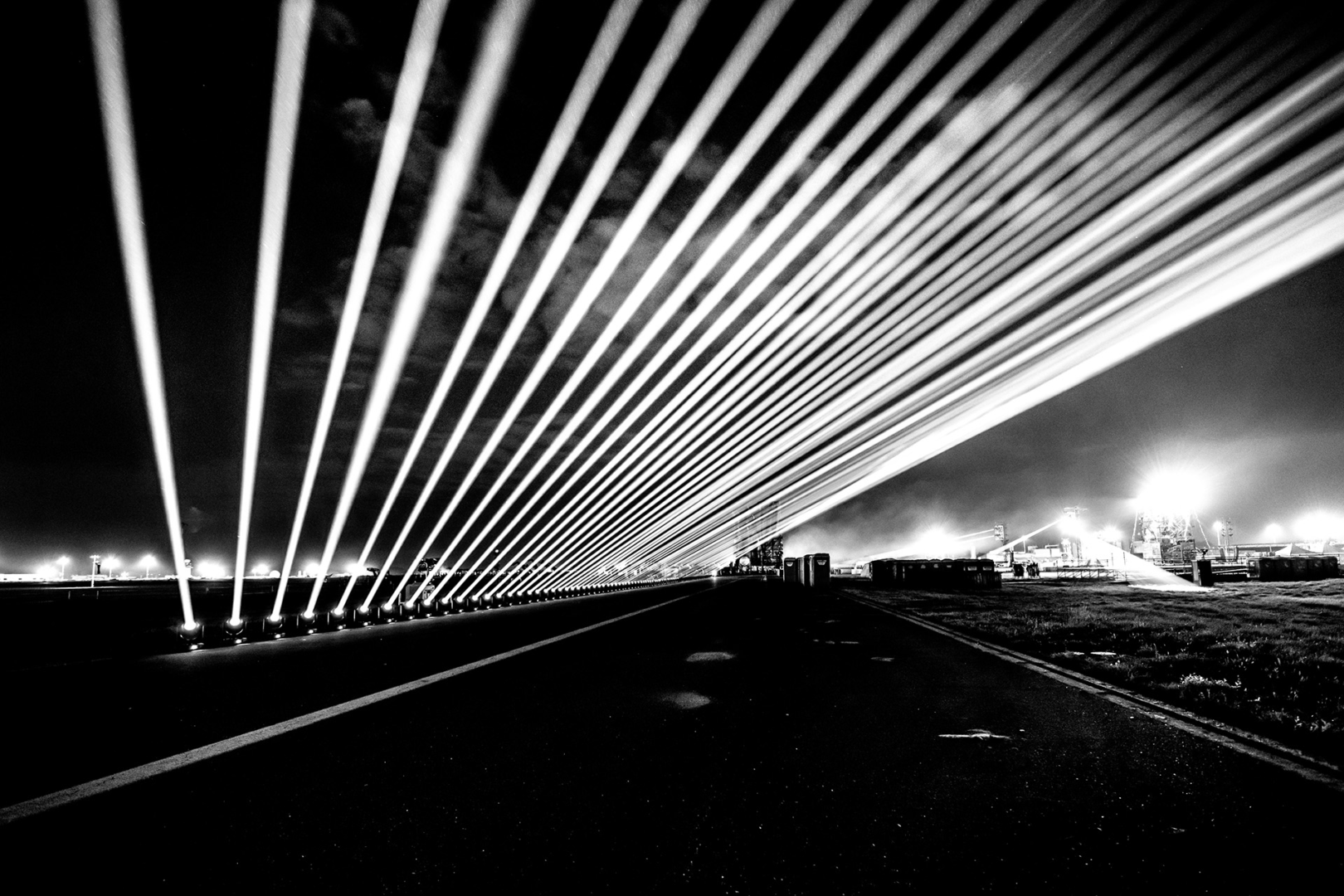
Heat and Color Gobos: The Burning Question
Color gobos, made from metal, glass, or plastic, are crucial for creating colored patterns in stage lighting. The worry is whether laser heat can burn them out. Research suggests that lasers, especially high-powered ones (ranging from a few milliwatts to hundreds of watts), can generate enough heat to damage heat-sensitive gobos, particularly plastic ones, if the beam is focused on them for too long.
Solutions to Protect Your Gobos
If laser heat is a risk, there are ways to manage it:
- Use metal or heat-resistant glass gobos to withstand higher temperatures.
- Position gobos away from the laser’s direct, intense beam to reduce heat exposure.
- Consider cooling systems, like fans, to keep gobos safe, though this might be complex.
- Regularly check gobos for damage and replace them if needed.
- Choose lasers with lower power levels suitable for your setup to minimize heat.
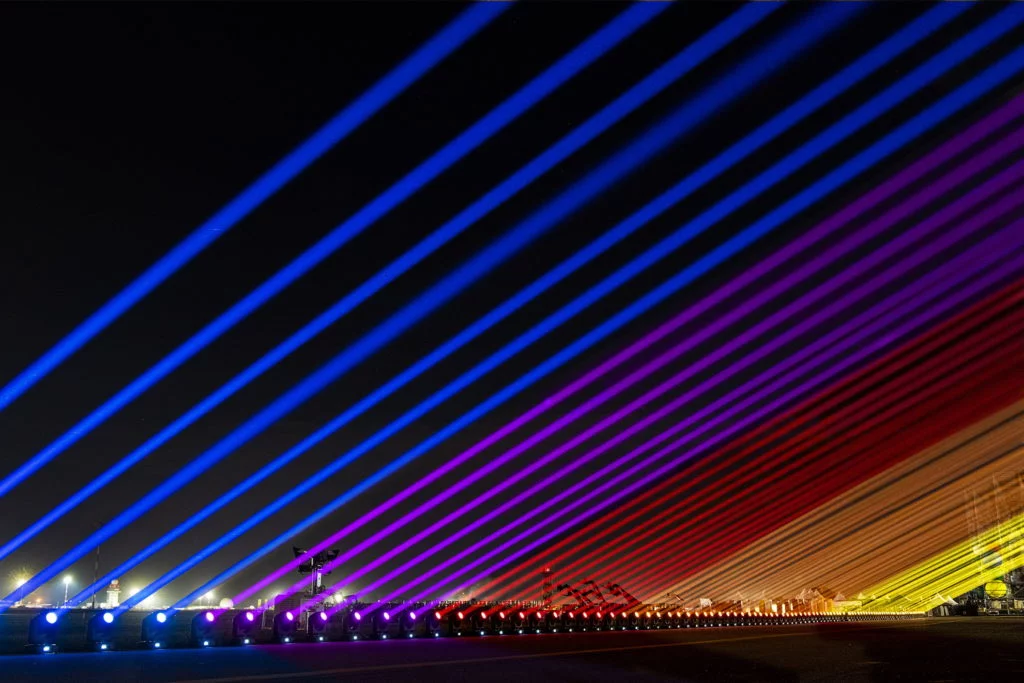
Survey Note: Detailed Analysis of Laser Light Sources and Gobo Heat Management
Overview of Laser Light Sources in Stage Lighting
Laser light sources have revolutionized stage lighting by 2025, offering unique capabilities for creating immersive experiences in concerts, theaters, and events. Their ability to produce coherent, highly focused beams makes them ideal for long-distance projections and dynamic pattern creation. However, their integration into stage setups comes with challenges, including cost, safety, and heat management, particularly concerning color gobos.
Advantages of Laser Light Sources
Research indicates several key benefits of using laser light sources in stage lighting:
- Highly Focused Beam: Lasers emit narrow, intense beams, perfect for sharp, defined patterns and long-distance visibility, enhancing stage effects.
- Coherence: The coherent nature allows for interference patterns, enabling precise control and unique visual effects, such as animations in the air with fog or smoke.
- Versatility in Patterns: Scanning mirrors and diffraction gratings allow lasers to draw complex images and patterns, offering dynamic and customizable lighting option.
- Pure Colors: Lasers, especially RGB systems, provide pure, vibrant colors, ensuring accurate color reproduction for stage designs.
- Energy Efficiency: While not always surpassing LEDs, lasers are efficient for high-intensity, long-distance applications, potentially reducing energy costs in specific setups .
Disadvantages of Laser Light Sources
Despite their advantages, lasers present notable challenges:
- Cost: Laser systems are generally more expensive, both initially and for maintenance, compared to LEDs or traditional lights, which can be a barrier for smaller productions.
- Safety Concerns: High-powered lasers pose risks of eye damage, requiring strict safety protocols and potentially limiting their use in crowded venues, with guidelines like those from the FDA for entertainment lasers under 5mW.
- Maintenance: Lasers may require more frequent maintenance and have varying lifespans (8,000 to 20,000 hours), depending on quality and usage, compared to the longer lifespan of LEDs .
- Limited Color Options: Some laser systems are monochromatic, limiting color versatility, though RGB lasers mitigate this by offering a full spectrum.
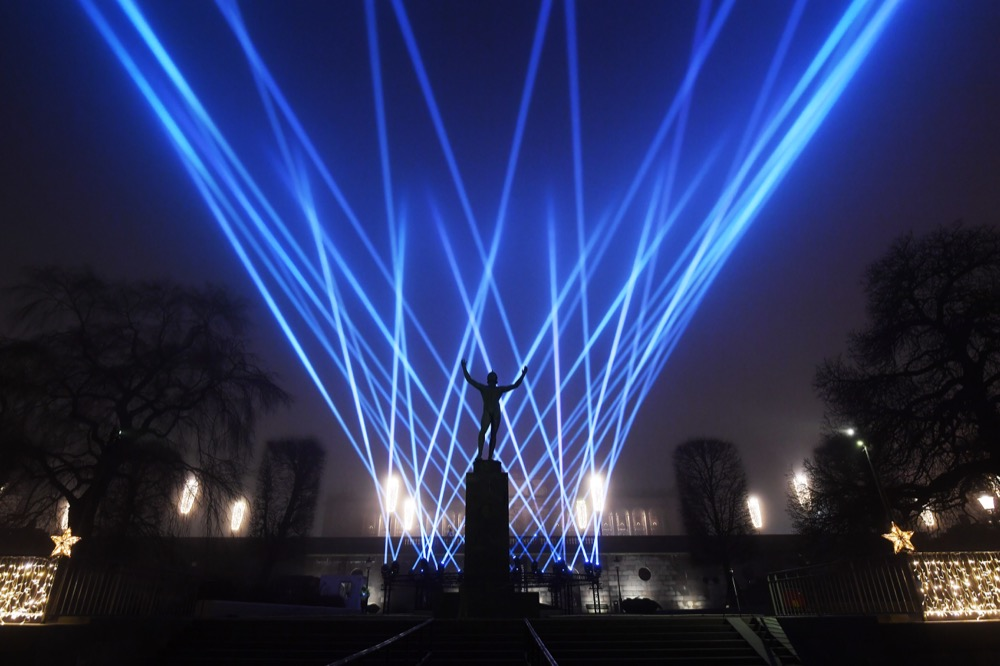
Comparison Table: Laser vs. LED Stage Lighting
To illustrate the differences, here’s a detailed comparison:
| Feature | Laser Light Sources | LED Light Sources |
|---|---|---|
| Beam Focus | Highly focused, ideal for long-distance, narrow beams | Can be focused, but not as narrow, better for broad illumination |
| Color Purity | Very pure colors, especially with RGB lasers | Good color rendering, may lack the intensity of laser colors |
| Energy Efficiency | Efficient for high-intensity, long-distance applications | Generally more energy-efficient for overall stage lighting, less heat production |
| Cost | Higher initial and maintenance costs, shorter lifespan in some cases | Lower initial costs, longer lifespan (up to 25 times longer than incandescents) |
| Safety | Potential eye hazard, requires strict safety protocols | Generally safe, no direct eye hazard, easier to handle |
Laser vs. LED vs. HID: The 2025 Showdown
| Feature | Laser | LED | HID |
|---|---|---|---|
| Brightness | 200,000 lux | 60,000 lux | 90,000 lux |
| Lifespan | 25,000 hrs | 50,000 hrs | 3,000 hrs |
| Color Accuracy | 99% NTSC | 85% NTSC | 70% NTSC |
| Heat Output | Extreme | Moderate | High |
| Cost (20W fixture) | $8,000 | $1,200 | $800 |
Data from PLASA 2024 Global Lighting Report
The Issue of Heat and Color Gobos
Color gobos are critical for stage lighting, used to create patterned and colored light effects. They are typically made from metal, glass, or plastic, each with varying heat resistance. The concern is whether the heat generated by laser light sources can damage these gobos, particularly in 2025 setups.
- What Are Color Gobos? Color gobos are gobos with colored elements, often using dichroic coatings on glass or plastic, to produce colored patterns. They are placed in the light path to filter or block light, creating designs on stage.
- Heat Generation by Lasers: Lasers generate heat at the laser module, and the beam can heat up objects it interacts with if absorbed. Stage lasers range from a few milliwatts to hundreds of watts, with higher powers increasing heat risk.
Can Laser Heat Burn Out Color Gobos?
The evidence leans toward a potential risk, especially with heat-sensitive materials:
- Material Sensitivity: Metal gobos are heat-resistant, but plastic gobos, often used for cost-effective, short-term applications, can melt under high heat, as noted in traditional setups. Glass gobos with coatings may also be vulnerable.
- Power and Exposure: Higher-powered lasers, like those used in large venues, can focus intense beams on gobos, potentially causing heat build-up over time, especially if the gobo absorbs the laser light.
- Practical Consideration: In standard stage lighting, gobos are not typically used with lasers, as lasers often rely on scanning for patterns. However, if used together, the risk exists, particularly with prolonged exposure.
Solutions to Prevent Damage to Color Gobos from Laser Heat
To mitigate potential damage, several strategies can be employed:
- Use Heat-Resistant Materials: Opt for metal gobos or heat-resistant glass, which can withstand higher temperatures, as opposed to plastic, which is less durable .
- Proper Placement: Position gobos to avoid direct, prolonged exposure to the laser beam’s intensity, using optics to manage beam spread and reduce heat concentration.
- Cooling Systems: Implement cooling mechanisms, such as fans or heat sinks, to dissipate heat, though this may be complex and less common in standard setups.
- Regular Inspections: Check gobos regularly for signs of heat damage, such as discoloration or warping, and replace them as needed to maintain performance.
- Select Appropriate Laser Power: Choose lasers with power levels suitable for the gobo material and application, avoiding unnecessarily high powers that increase heat risk.
Conclusion and Future Considerations
Laser light sources offer significant advantages for stage lighting in 2025, enhancing visual impact with their focused beams and versatile patterns. However, their heat generation poses a potential risk to color gobos, particularly those made from heat-sensitive materials. By using heat-resistant gobos, managing placement, and implementing cooling solutions, lighting designers can mitigate these risks, ensuring safe and effective use. As technology advances, further innovations in laser and gobo materials may reduce these challenges, making laser lighting even more accessible for stage productions.
Tags:
Laser stage lighting 2025, color gobo protection, laser vs LED, stage light cooling, laser safety
Distributor
What support does LQE offer to its distributors?
We provide our distributors with a full package of support, including:
Marketing materials and product catalogs
Technical training and manuals
Fast-response after-sales service
Exclusive regional pricing and policies (for qualified partners)
Priority access to new products and updates
Do you offer OEM/ODM support for distributors?
Yes, as a professional OEM/ODM manufacturer, we support brand customization, including logo printing, packaging design, and even custom features based on project needs.
How can I apply to become a distributor?
Simply fill out the contact form on this page or email us directly with your company information, market background, and cooperation intention. Our sales team will get in touch with you within 1–2 business days.
1000w
Does LQE Offer a Stage Light Design Solution?
LQE experienced team glad to supply a stage lighting configuration design solution or suggestion for projector who don’t have much experience in lighting design, project, theatre and studio.
What Is the Warranty Offered by LQE Lighting?
LQE lighting offers a comprehensive 1-year warranty and spare parts on its products, giving customers peace of mind and investment protection.
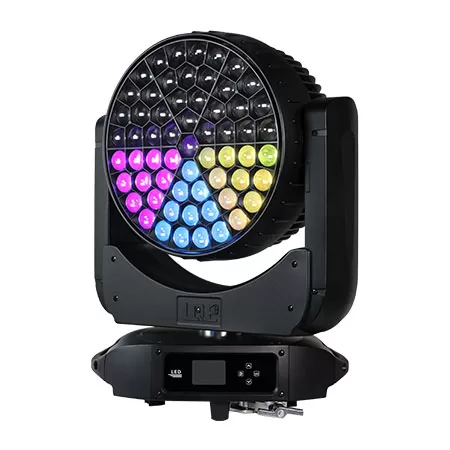
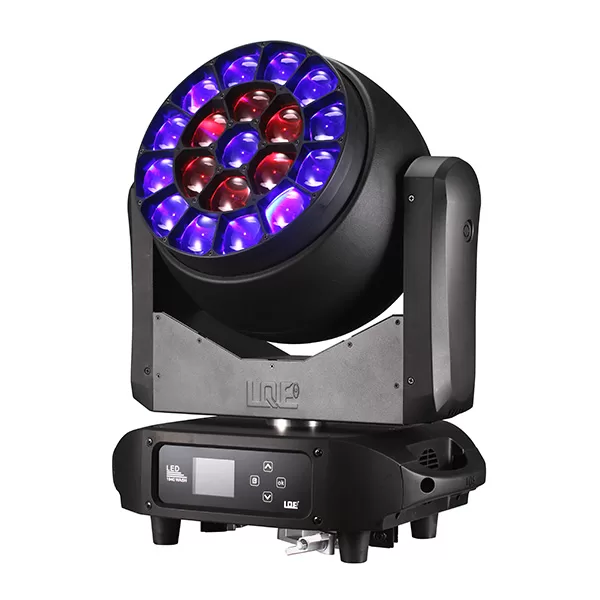
Want to learn more information?
[Reach out to us and receive professional guidance, a personalized quote, and the best solution for your needs.]

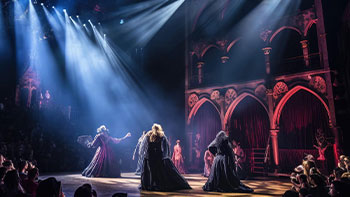



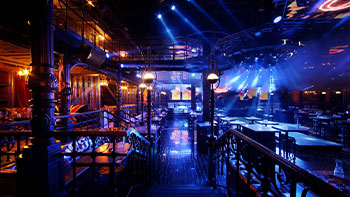
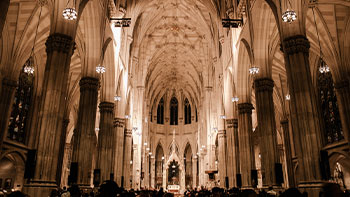






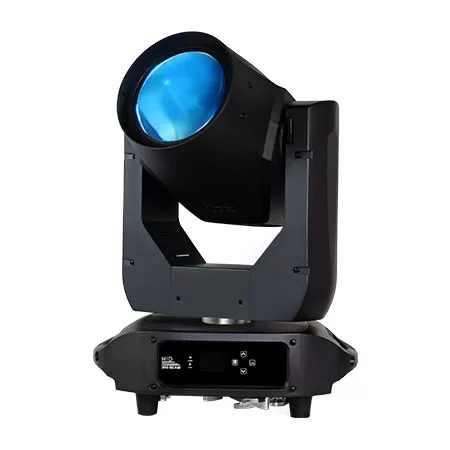
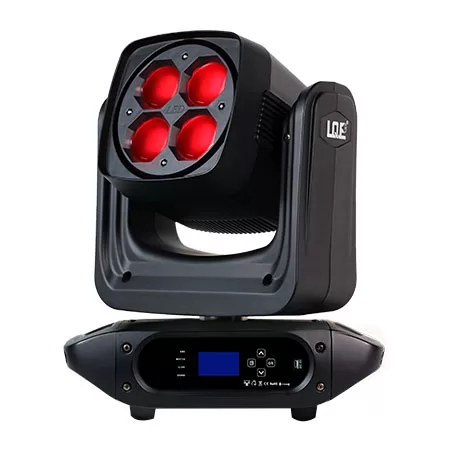
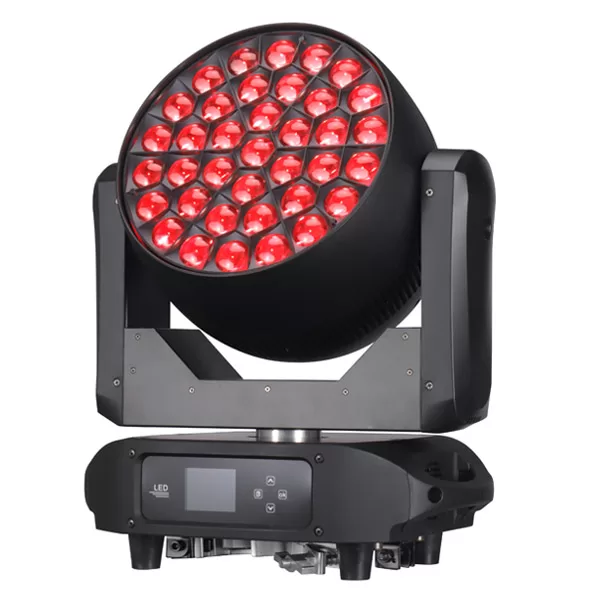
Linkedin
YouTube
Whatsapp: +8618924548390
TikTok